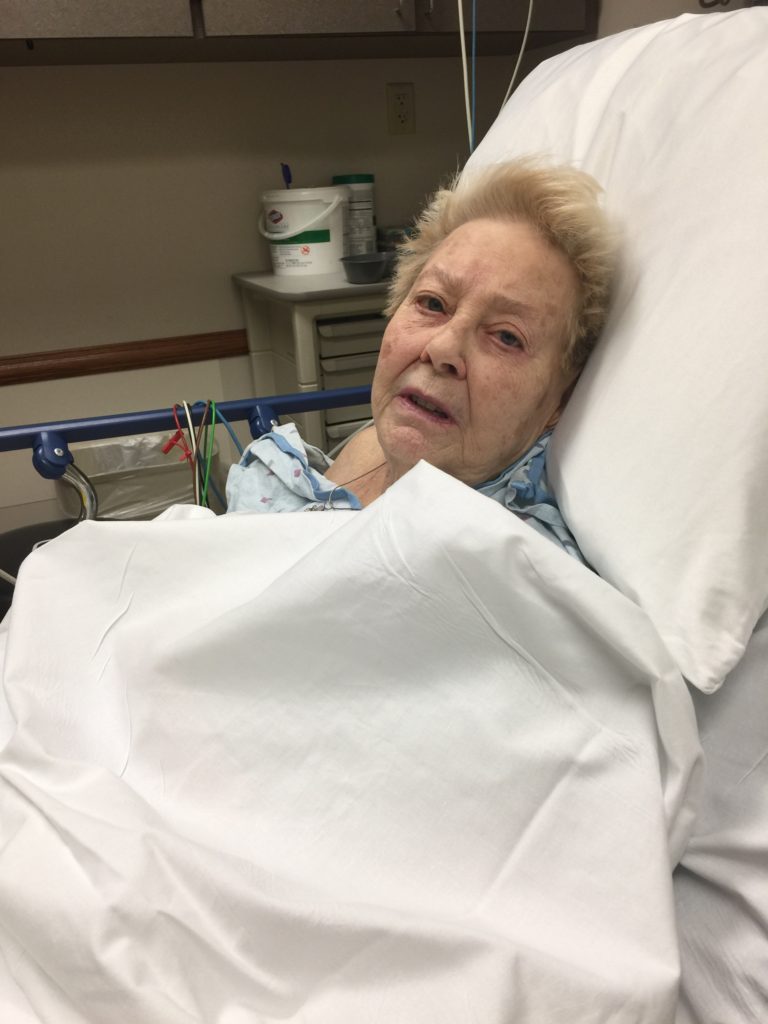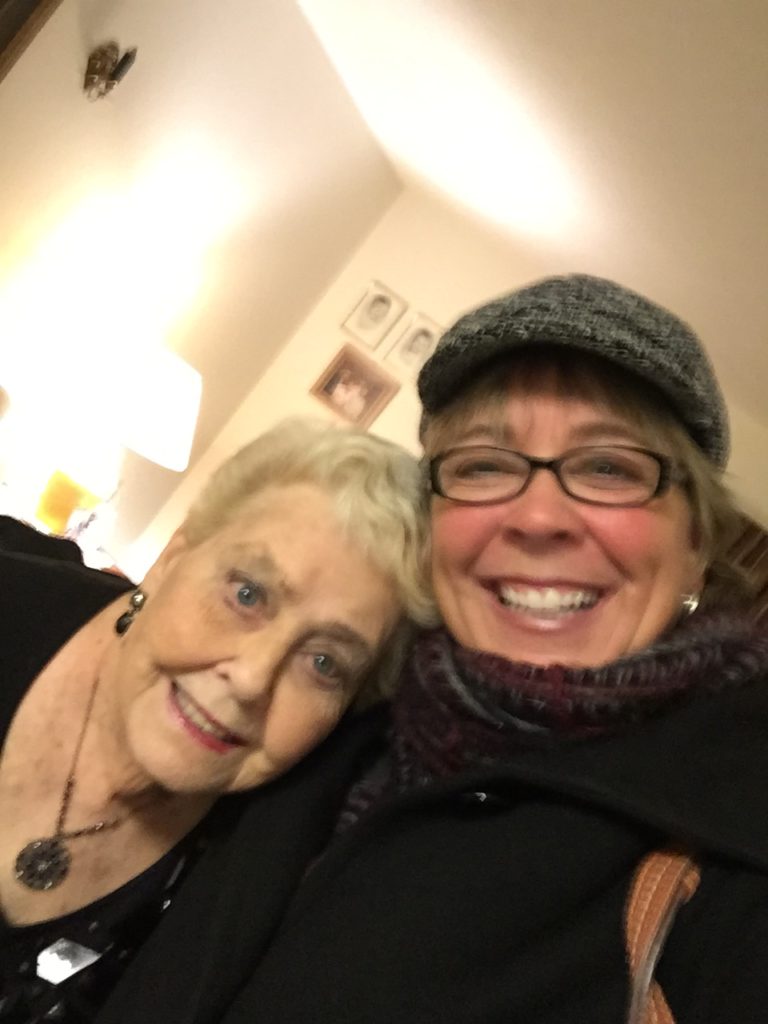Moving on to book-review number four in my books-that-changed-my-life series is “The Journey From Abandonment to Healing: Turn the End of a Relationship into the Beginning of a New Life“.
I have said for years, as I felt my way along a sometimes rugged and dark healing path, that I had to return to the darkness in order to make it into the light. Those dark spaces held my trauma, the negative energy needing to be released from my body, mind, and spirit. I used to dish this advice to my then-best-friend in regards to her traumatic past. She would scoff me off.
Just when I thought I had processed the worst of my traumas (sexual abuse, bank robberies, murder, physically abusive parent), this said-friend ghosted me. Gone. Just like that. No closure. No good-bye. No “piss off” to send me on my way. Just silence. After seven years of texting every day, weekend hang outs, girls’ trips adventures, deep talks, and laugh-til-we-peed gatherings. Done.
Only two weeks prior had I sat across from her at one of our impromptu lunch dates, telling her that my therapist and I had discovered my biggest fear during my last EMDR session: the fear of abandonment. I told her how it linked back to my mom and her alcohol addiction, how she had left me feeling emotionally abandoned my entire childhood. She knew most of the history of life with my mother: partying with her co-workers after banking hours, stumbling into our apartment hammered a few nights a week; pouring herself a vodka over ice with a squirt of lemon juice on those nights she came straight home from her teller job, sinking into the worn recliner, held together in places with duct tape, losing herself in a book from the library, yelling for my dad to silence the children, which always came with the jingling of a belt-buckle prepping to beat us quiet; belittlement at our not using our God-given talents and, therefore, disappointing Jesus, God Himself, and all of the heavenly hosts; attempted stabbing of my dad when she raged at him with a butcher knife; attempted drowning of her children when she decided we’d be better off with Jesus in lieu of living in this “valley of tears” called life; showing my school photo to church friends, in my presence, and laughing as she declared, “Look how ugly she is!”, later to remind me, “I was just joking”; and so on.
I was struck with an inkling of curiosity when this friend’s head cocked a bit to the side as she replied, “Really?” to my announcement that my biggest discovered fear was that of abandonment. Not bridges or highways, even though I cannot drive on them. Not death, even though I had faced it too many times, from beneath bathtub water, when staring into a revolver placed to my head, when confronted with the firing end of a Luger during a second bank robbery. Not heights, even though my dad had found it funny to dangle me from the Natural Bridge in Kentucky on a rare family outing or had me look out the window of our beat up station wagon at the Ohio River below us as we crossed the humming bridge into Covington, Kentucky to visit my grandparents, as he proclaimed, “See those river sharks? Some day this bridge will crumble. It was built in the 1800’s you know. And when we fall in, those river sharks will eat you”, then he’d laugh and laugh at his humor, while I stared at the muddy water, positive I saw those river sharks. Not flying, though I could not even think of climbing onto a plane without Xanax in my blood. Not cockroaches. Nor being buried alive. Nor fear itself. Abandonment – linked to my fear of rejection, my insecurities, my unstable sense of self, and my deep craving for approval and affection.
Really? That word would haunt my next year as I sorted through the processing of her disappearance from my life.

Only by giving yourself over to your feelings can you find your way out of them.
Susan Anderson in “The Journey from Abandonment to Healing”

Detoxing after a drinking binge 
Sober mom and Teri
I am guessing God’s timing was, yet again, perfect. It was time for me to visit the darkness that was my relationship with my mother. Still swirling in the chaos of her addiction, I never knew who I would encounter upon my calls to check in or visits to her retirement community. Sober mom was kind and doting. “Teri, I don’t know what I’d do without you. Thank God I have you.” Drunk mom was cruel, “I hate you. I want to put a meat cleaver in your forehead.” When I brought that one up during a sober conversation, she insisted, “Oh for Pete’s sake. I was joking. Get a sense of humor. You know I’d never say something like that to you.”
Okay, mom.
And then the friend-ghosting occurred. And I cried into my journal for a year. I cried at restaurants. I cried at sappy commercials. I cried when I’d hear songs, listening purposefully to tear-jerker ballads. I cried at Facebook memories popping up. I cried all . . . the . . . time. I just cried. For a year.
And as I did so, I read this book. This amazing book filled with comfort and wisdom, reminding me I would survive this, too. Just as I had survived all of the horrors of my past. This ghosting was a reminder that I had not yet faced the pain I had stored away in regards to trust and love, a heart-hurt melded in the hands of my parents. God was opening that attic door and shining a light on that long-avoided box of sadness.
Being left by someone we love can open up old wounds, stirring up insecurities and doubts that had been part of our emotional baggage since childhood.
Susan Anderson in “The Journey from Abandonment to Healing”
My grieving journey had begun. What was triggered by a ghosting, turned into a beautiful journey of healing those old insecurities and heartaches, helping me find forgiveness for my parents, as well as helping me release the ghosts from that abandonment attic. All of them.
The author takes us into an understanding of the five states of abandonment: shattering, withdrawal, internalizing rejection, rage, and lifting. All of which I circled through. The beautiful gift I discovered during this grief journey was that of embracing my own vulnerability even more than I already had. I learned to console little Teri all the while learning to empower adult me.
Susan Anderson, author of this powerful book, offers an action plan for readers to help us along our continued healing journey, as well. An action plan I fully implemented.
The key to change is opening your life to new experiences. Even small changes in your daily routine can lead to new discoveries about who you are becoming.
The key to reconnecting is to cherish the gift that abandonment has given you, to remain open to your vulnerabilities and to the vulnerabilities of others.
Susan Anderson in “The Journey from Abandonment to Healing”
Since reading this beautiful book, I have done exactly that. I opened myself up to new experiences: starting a successful podcast with a growing global audience (The Healing Place Podcast); meeting amazing souls from all over the world who are working to help others along their healing journeys; starting this blog; creating a website aimed at helping others heal from ACEs (adverse childhood experiences) and trauma; becoming a YouTuber (that is still in its infancy stages); standing on stages to share my story of hope; creating our Sammie’s Bundles of Hope project to help children struggling with anxiety and trauma history; volunteering with our sweet therapy dog, Sammie Doodle; and opening myself up to new friendships.
But, most importantly . . . I set my ghosts free.










